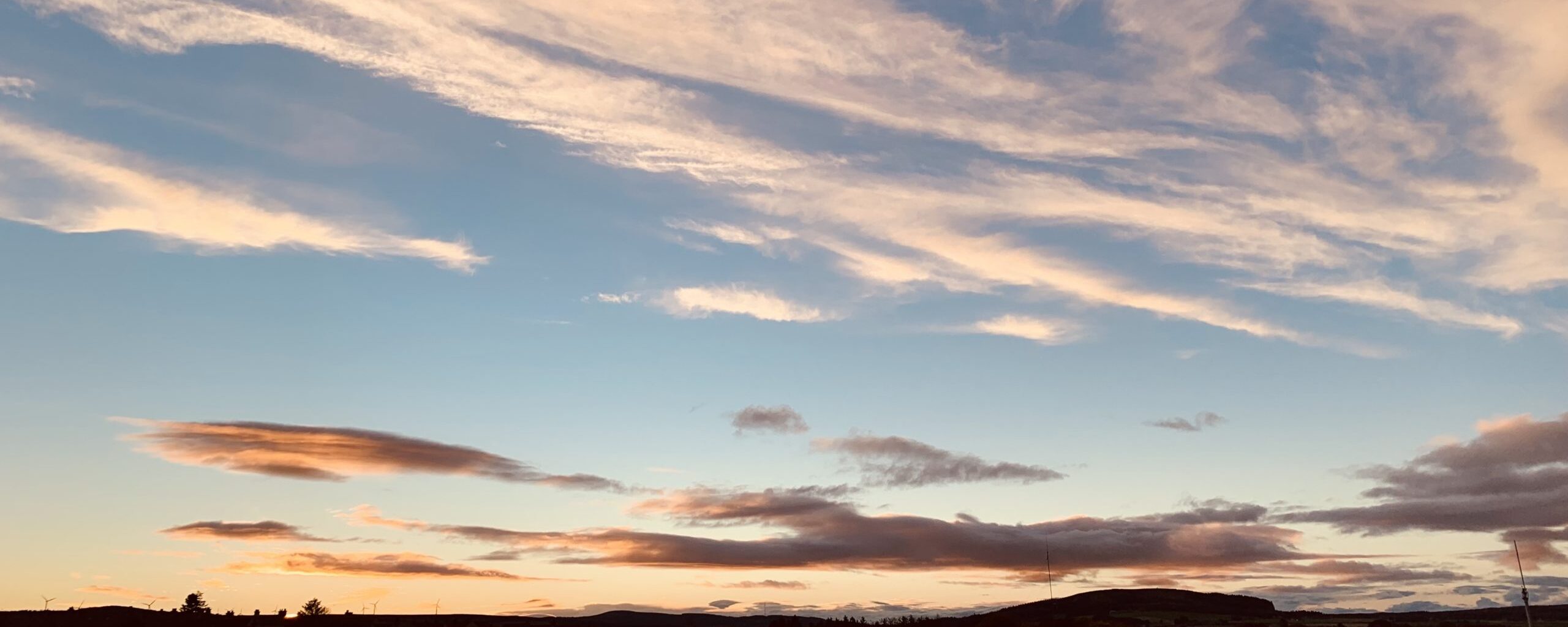Canon Lenses on a Fujifilm body
I’ve shot with Canon digital gear since the Rebel XT/EOS 350D I acquired in 2004, and naturally I’ve accumulated a fair few lenses along the way.
I’ve been shooting with Fujifilm, both fixed and interchangeable lens models, since I bought an X-PRO1 in 2012. I like the size, the controls, and the image quality.
With the X-T3 my Fuji APS-C body now has a higher resolution sensor than my 5DII, and I use the 5DII less and less due simply to weight and bulk. So, the natural question: can I get more life from my Canon lenses on the X-T3?
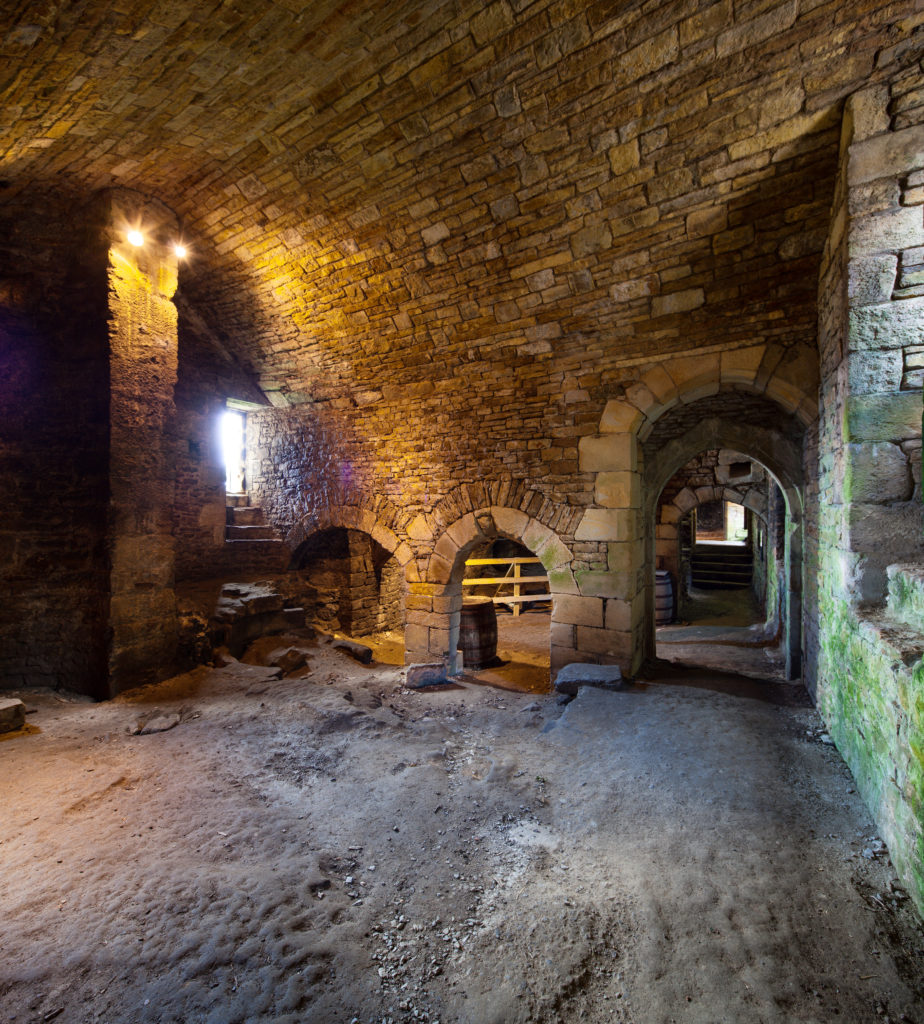
The primary goal – TS-E lenses.
Each of the TS-E lenses I own cost more than the X-T3, and there’s nothing equivalent from Fuji to take their place. I use them extensively for landscape and architectural photography, almost never with tilt but almost always with shift to either compose without distortion, or to stitch multiple images for an even wide field of view.
In order for them to be as useful as possible, I would prefer to preserve the original field of view, so the 17mm would still give me close to the 93° horizontally I enjoyed with the 5DII. There’s really only one way to do this: the Viltrox EF-FX2 “speedbooster” adapter.

This comes very close to preserving the original field of view, and provides full support for electronic aperture and auto-focus. I paid about $160 for mine through ebay.
I only expect this adapter to work with full frame EF lens, not the EFS models intended for Canon’s APS-C models. It’s designed to take the image circle formed by a full frame lens and reduce it to the size of one suitable for the smaller APS-C sensor, so putting the smaller APS-C intended image circle in front of it (by using an EFS lens) seems like a recipe for disappointment.
If preserving the field of view wasn’t important, I’d probably go with the Fringer EF-FX Pro II, from which I would expect no degradation in image quality at all.
Field of View
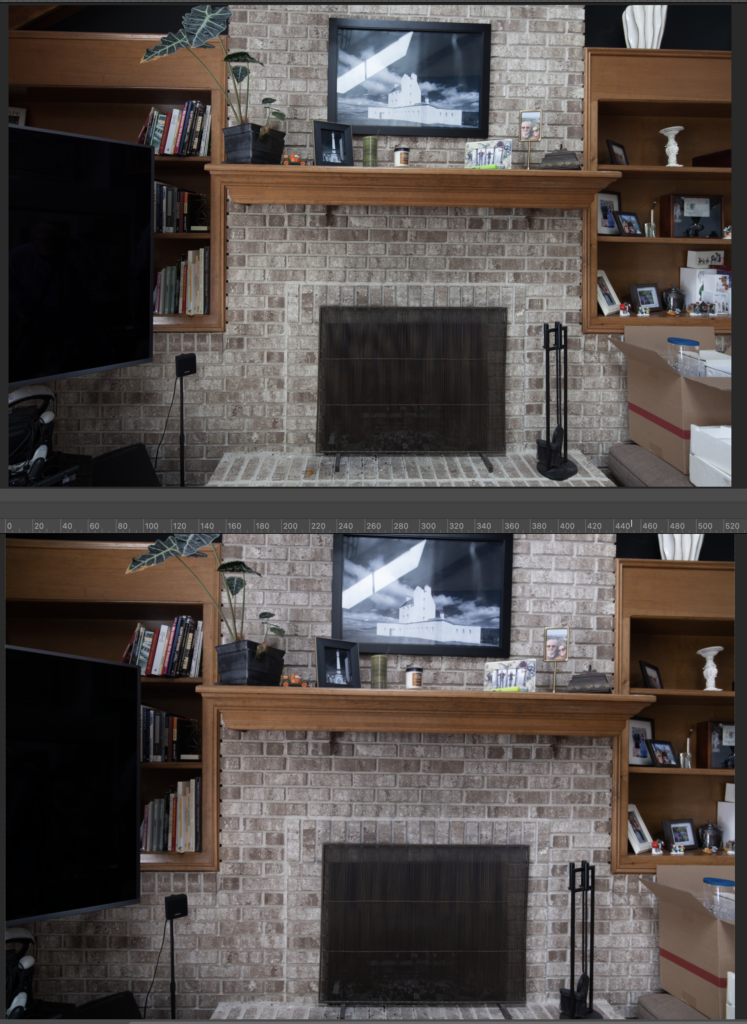
Pretty close – Viltrox claims 0.71x, which is only slightly off from the 0.66X needed to accommodate the “1.5 crop” of the APS-C sensor.
Both cameras were on the same tripod, at the same location, with no adjustments applied at all during ACR processing.
Corner sharpness
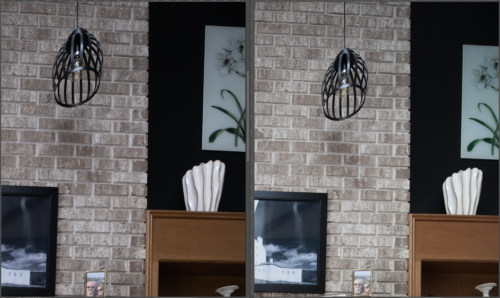
This sample is the worst case scenario: the lens shifted vertically to its maximum, and then the very top right corner sample. Both examples are at f/8 with no sharpening or other adjustments during ACR processing. I adjusted the zoom of the Fuji image so that the two would look about the same on screen.
I should also note that I’m far from proficient at manual focusing with the X-T3, and it’s entirely possible that I could have been more precise. Stopping down a little further would probably improve things too, though I tend to shoot this from f/8 to f/11 as that seems to be the sweet spot.
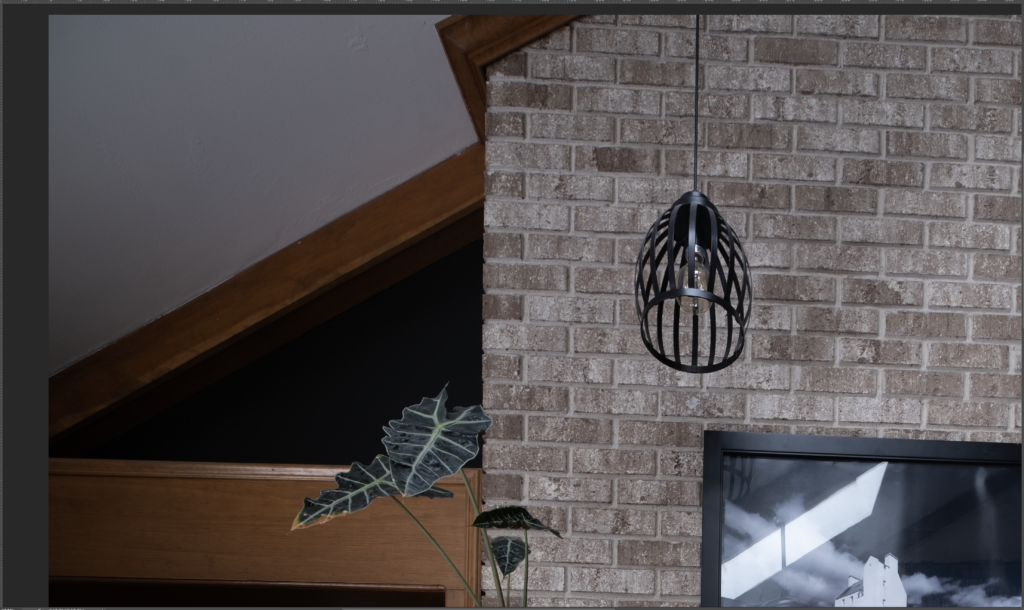
This second sample is at 100% after my standard raw sharpening, and it looks pretty darn promising.
Auto-focus
It works, and it’s accurate. I haven’t used it enough yet to form a stronger opinion than that, and it certainly seems a little less snappy than with a native Fuji lens, but it does work.
Conclusion
For my specific use case this seems to be an entirely effective solution. It’s inexpensive and the image quality is only slightly degraded from the results I get with the 5DII; field tests will tell whether there are flare or chroma distortions to be concerned about.
